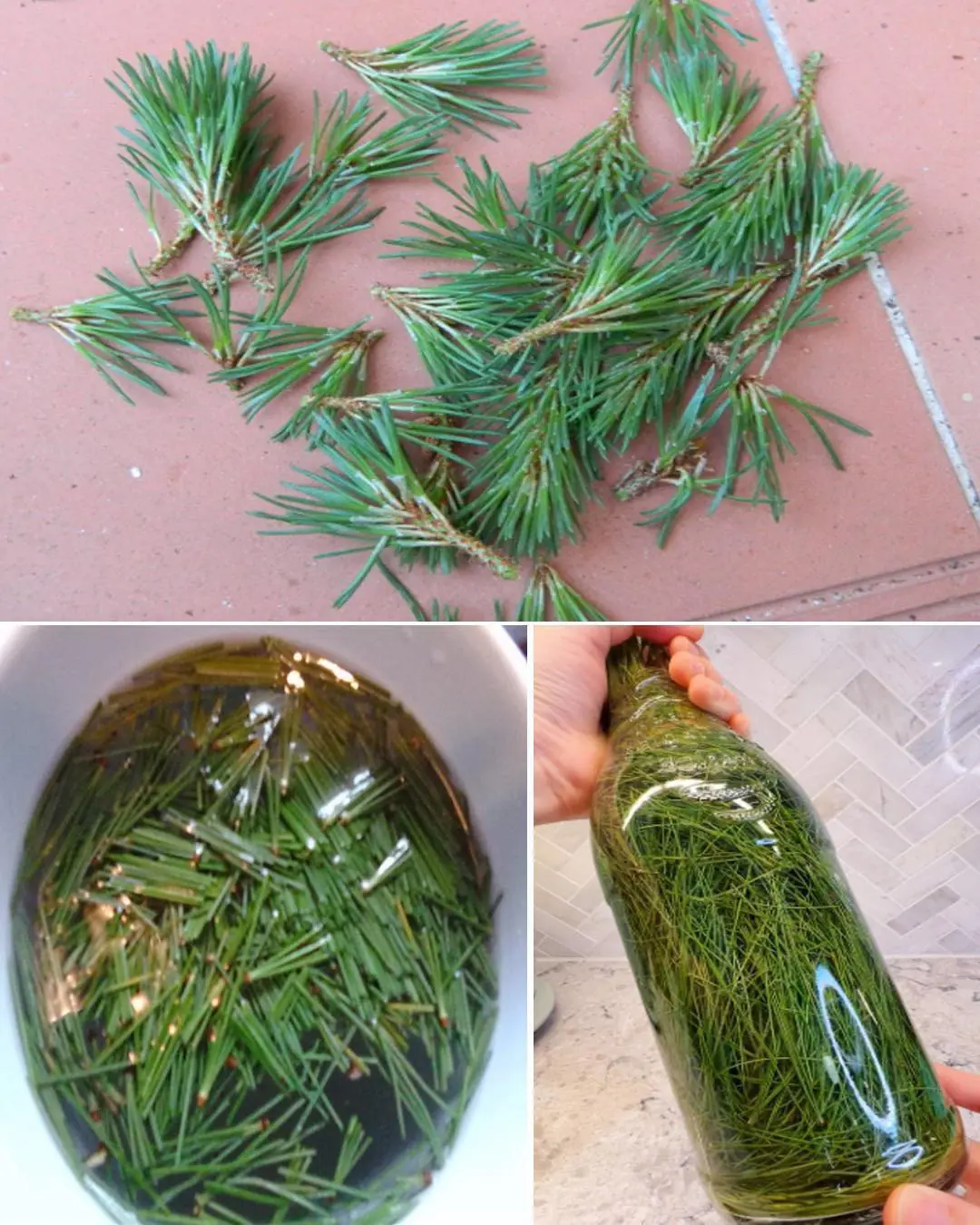
Black Turmeric vs. Yellow Turmeric: Which One Is Better?
Though both belong to the same Zingiberaceae (ginger) family and share some overlapping benefits, black turmeric and yellow turmeric differ significantly in their composition, taste, and medicinal properties. Understanding their differences helps ensure proper use and avoid misuse.
1. Distinguishing Between Black and Yellow Turmeric
Yellow turmeric (Curcuma longa) is the most common type, recognized by its bright golden-orange color. It contains high levels of curcumin, a bioactive compound known for its powerful anti-inflammatory, antioxidant, and antimicrobial effects. Yellow turmeric is widely used in cooking (as turmeric powder or turmeric paste) and in traditional as well as modern medicine. In Traditional Eastern Medicine, yellow turmeric is known as Khương Hoàng.
By contrast, black turmeric (Curcuma zedoaria), also called purple turmeric or ngải tím, has a deep bluish-black core, a pungent aroma, and a distinctly bitter taste. In traditional medicine, it is referred to as Kha Truật and valued for its warming nature, which helps promote blood circulation, relieve pain, and regulate menstruation.
Although both are part of the ginger family, their chemical makeup, primary compounds, and therapeutic applications are quite different.
2. Key Differences in Chemical Composition
Yellow Turmeric
-
Curcumin (2–5%): A potent anti-inflammatory and antioxidant compound that promotes healing of stomach ulcers, supports liver function, and slows aging (Healthline, 2022).
-
Demethoxycurcumin and Bisdemethoxycurcumin: Natural curcuminoid variants that enhance free radical inhibition and boost overall cellular protection.
-
Essential oils: Possess antimicrobial and digestive-enhancing properties.
Black Turmeric
-
Curcumenol and Curdione: These compounds help reduce smooth muscle spasms, alleviate inflammation, and relieve pain (PubMed, 2019).
-
Zedoarone and Germacrone: Known for their antibacterial, anti-tumor, and hormone-regulating effects (Journal of Ethnopharmacology, 2021).
Black turmeric, however, contains far less curcumin than yellow turmeric, which means its antioxidant effects are weaker. In traditional medicine, yellow turmeric is considered mildly stimulating to blood flow, while black turmeric is much stronger—sometimes even “blood-breaking” (phá huyết), requiring cautious use.
3. Health Benefits of Yellow Turmeric
Modern research and traditional texts alike highlight that yellow turmeric has a broader range of therapeutic benefits compared to black turmeric.
-
Supports digestive health and treats stomach ulcers
Curcumin protects the stomach lining, stimulates mucus production, and reduces acid secretion. A study at Mahidol University (Thailand) found that patients taking curcumin for eight weeks reported a 60% reduction in gastritis symptoms (Mahidol University Journal, 2012). -
Natural anti-inflammatory and pain relief
Curcumin acts similarly to NSAIDs by blocking the enzyme COX-2, which triggers inflammation and pain in conditions like arthritis (WebMD, 2023). -
Skin care and anti-aging
Turmeric’s curcumin suppresses melanin formation, helping fade dark spots, reduce acne inflammation, and promote healing. That’s why many natural skincare brands now include turmeric extract in their formulas (Good Housekeeping, 2023). -
Liver protection and immune support
According to Healthline and Medical News Today, curcumin assists liver detoxification, regulates enzymes, and helps prevent fatty liver associated with alcohol or high-fat diets.
4. Health Benefits of Black Turmeric
Though less common, black turmeric plays a unique role in traditional medicine and shows potential in modern pharmacological research.
-
Improves digestion and relieves bloating
The essential oils in black turmeric stimulate bile and digestive enzyme secretion, aiding fat metabolism and easing indigestion — particularly beneficial for those with poor appetite or frequent bloating (Pharmacognosy Reviews, 2020). -
Regulates menstruation and reduces cramps
In traditional medicine, black turmeric is used as a blood-activating herb to ease menstrual irregularities and pain caused by blood stagnation. -
Reduces inflammation and pain
A study published in the Journal of Natural Products (2018) found that black turmeric extract produced pain relief effects comparable to low-dose aspirin, but with fewer side effects. -
Potential anti-cancer activity
Preliminary animal studies suggest that zedoarone, a key compound in black turmeric, can inhibit liver and lung cancer cell growth (National Library of Medicine, 2021). However, clinical trials in humans are still ongoing, and more research is needed to confirm these findings.
5. Which One Should You Choose?
There’s no one-size-fits-all answer.
-
Yellow turmeric is ideal for daily use — to improve digestion, support skin health, and strengthen immunity.
-
Black turmeric, on the other hand, is more suitable for specific therapeutic needs, especially those involving pain, poor circulation, or menstrual discomfort.
Experts caution against overuse or self-medication. Always consult a healthcare professional or herbalist before taking turmeric supplements, especially in high doses or if you have medical conditions or are pregnant (Mayo Clinic, 2024).
✅ In summary:
Both black and yellow turmeric are valuable medicinal herbs, but they serve different purposes. While yellow turmeric shines in everyday health and wellness, black turmeric offers targeted therapeutic benefits — particularly for circulation and inflammation. The best choice depends on your individual health needs and professional guidance.
News in the same category


The Science Behind Putting a Cotton Swab in a Menthol Oil Bottle

More People Are Struggling with Visceral Fat — Doctors Reveal 9 Foods That Help Burn It Naturally

Like to see more from Tips for the Home

I Had No Idea About This!

These Ideas Are Amazing: 10 Clever Ways to Use Dryer Sheets Beyond the Laundry Room

Most Don’t Know: 13 Brilliant Ways to Use WD-40 Around the House

YouTuber shocks fans after revealing he hasn't showered in three months

YouTubers expose reality of 'toxic' Colorado ghost town that was abandoned for tragic reason

Napheesa Collier Hasn’t Said One Good Thing About WNBA, Commisioner Or CBA Negotiations: League Still Offers 30-Day Extension Because It Holds All Leverage

Meet Claudette Colvin, The Teen Who Pioneered The Civil Rights Movement

Missouri Real Estate Agent Is Looking To Create 1,000 Black Homeowners In Kansas City

Florida Man Uses Stimulus Funds To Create ‘Generational Food’ Community Garden

17-Year-Old Honored For Creating Color-Changing Sutures That Detect Infection

California Mom of Four Celebrates Passing The Bar After Studying For 10 Years In Inspirational Viral Video

Model Loses Both Legs After Toxic Shock Syndrome From Everyday Tampon Use

Before And After: Woman With Extreme Lip Enhancements Reveals Old Look

Tragic End: Georgia O’Connor Passes Away Weeks After Wedding Amid Medical Neglect
News Post

5 Amazing Benefits Of Aloe Vera Gel For Skin: Large Pores, Dark Spots, Wrinkles

Clove & Lemon Collagen Drink: Wrinkle Free, Glowing Skin

Unlock Your Body’s Hidden Power: Try Garlic and Honey on an Empty Stomach for 7 Days

Tragus Piercing What Does It Mean

9 Health Benefits of Pine Needles

Unlock The Incredible Health Benefits of Garlic, Ginger and Lemon for Men

A special method to grow garlic in plastic bottles

7 Benefits of the Miracle Leaf of Life

7 Amazing Health Benefits of Banana Blossoms

Boiling Sweet Potatoes: Don’t Just Add Plain Water—Add This Spoonful for Perfectly Fluffy, Sweet Results

The Science Behind Putting a Cotton Swab in a Menthol Oil Bottle

More People Are Struggling with Visceral Fat — Doctors Reveal 9 Foods That Help Burn It Naturally

Starve cancer: the diet rotation strategy you need to know

Like to see more from Tips for the Home

💪 Sarcopenia: Why Muscle Loss Happens & How to Fight It (After 50)

I Had No Idea About This!

These Ideas Are Amazing: 10 Clever Ways to Use Dryer Sheets Beyond the Laundry Room

Most Don’t Know: 13 Brilliant Ways to Use WD-40 Around the House
